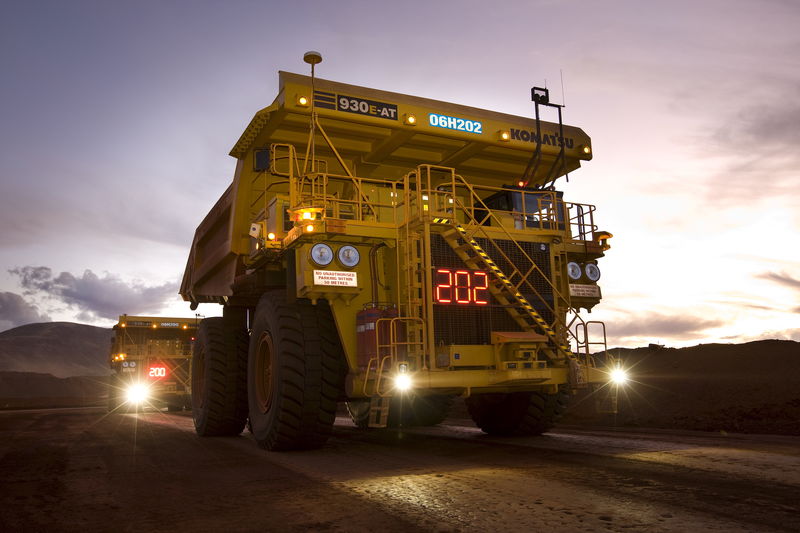In the realm of geology and mineral exploration, the term "strike" serves as a cardinal directional compass, offering crucial insights into the orientation of rock layers, veins, faults, and other geological features. The strike is not merely a line but a window into the Earth's formational history, providing a glimpse of the immense forces that have shaped the subsurface landscape.
The strike represents the direction of the line of intersection between a geological feature and a horizontal plane. Imagine slicing through the Earth's crust and the exposed surface of the cut is tilted. The line where this tilted surface meets a flat table is analogous to the strike in geological terms. It is the compass bearing of that line, typically expressed in degrees relative to north, that guides geologists in mapping and analysis.
Journey
Understanding the strike of a geological formation is akin to reading a map before embarking on a journey; it informs the explorer of the direction they must follow. For mineral explorers, the strike is a guiding beacon that suggests the linear path along which they can expect to find continuity in mineralization or rock formations. It offers a two-dimensional perspective on the orientation of the beds, informing which way they run across the Earth's surface.
However, the full story of a geological feature cannot be told by strike alone. This is where "strike length" enters the narrative, serving as a measure of scale and potential. The strike length is the total horizontal distance over which the strike can be traced on the ground. In essence, it is the measure of the extent to which a geological feature, such as a vein of ore, a layer of sedimentary rock, or a fault line, stretches across the landscape.
Not just a measurement
The strike length is not just a measurement; it is a harbinger of potential. In the context of mineral exploration, a longer strike length can often indicate a larger system, which may host significant mineral deposits. As such, the strike length is a critical factor in assessing the economic potential of a resource project. A mining operation over a feature with an extensive strike length might yield substantial quantities of ore, while a shorter strike length may suggest a smaller, possibly less economically viable deposit.
It is this combination of strike and strike length that can spell the difference between a profitable mining operation and a geologist's footnote. These concepts are more than mere technical terms; they are integral to strategic planning and decision-making in the mining sector. They inform where to drill, how to model the subsurface, and ultimately, where to invest time, equipment, and capital.
More than an abstract concept
To the untrained observer, these might seem like abstract concepts, detached from the pulsating reality of the market. Yet, for the astute investor or the seasoned geologist, the strike and strike length are the coordinates that can unlock the subterranean treasure chests, leading to veins of gold, silver, copper, and other valuable minerals.
In the language of the Earth, the strike and strike length are verbs that speak of action – of drilling, of exploring, of discovering. They are the lexicon of potential, guiding the quest for resources that power our civilization. Understanding these terms is essential for those who seek to decipher the Earth's cryptic messages and harvest its hidden wealth.
